CMFRI overcame obstacles to meet the specific needs of Caranx ignobilis
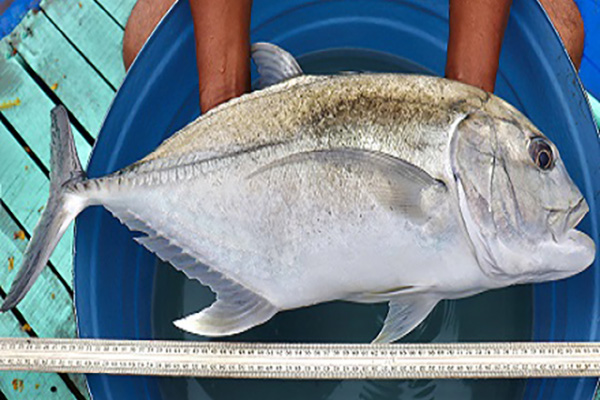
The Indian Council of Agricultural Research (ICAR) Central Marine Fisheries Research Institute (CMFRI) has succeeded in induced breeding and seed production of the giant trevally (Caranx ignobilis), a popular food fish that is a good candidate for aquaculture.
Giant trevally is a fast-growing, important food fish that can be farmed in marine and estuarine cages, pens and coastal ponds. This fish can grow faster than pompanos and can tolerate wider salinity ranges and water quality conditions.
“The achievement is a breakthrough in mariculture and is a significant advancement in the efforts to sustainably manage and conserve giant trevally as a new candidate species in the mariculture sector”, said Dr. A Gopalakrishnan, Director of ICAR-CMFRI.
Captive breeding of this species faced significant obstacles, the research team said, including its preference for open waters, specific breeding requirements and a complex reproductive biology.
This breakthrough was followed by extensive research and trials conducted by scientists at Vizhinjam Regional Centre of ICAR-CMFRI, Vizhinjam, Thiruvananthapuram, Kerala, India, with the funding support of the Department of Biotechnology, Ministry of Science and Technology, Govt. of India. Research was carried out under the leadership of scientists Ambarish P Gop, Dr M Sakthivel, and Dr B Santhosh.
The research included behavior monitoring, hormone administration and precise environmental controls to better understand the best reproductive biology, breeding and seed production techniques for the species. Initial cage farming trials showed that trevally reaches up to 500 grams in five months and up to 1 kg in eight months.
Read the ICAR-CMFRSI announcement for more information on the research, including the study methodology, diets and rearing conditions.
Now that you've reached the end of the article ...
… please consider supporting GSA’s mission to advance responsible seafood practices through education, advocacy and third-party assurances. The Advocate aims to document the evolution of responsible seafood practices and share the expansive knowledge of our vast network of contributors.
By becoming a Global Seafood Alliance member, you’re ensuring that all of the pre-competitive work we do through member benefits, resources and events can continue. Individual membership costs just $50 a year.
Not a GSA member? Join us.
Author
-
Responsible Seafood Advocate
[103,114,111,46,100,111,111,102,97,101,115,108,97,98,111,108,103,64,114,111,116,105,100,101]
Tagged With
Related Posts
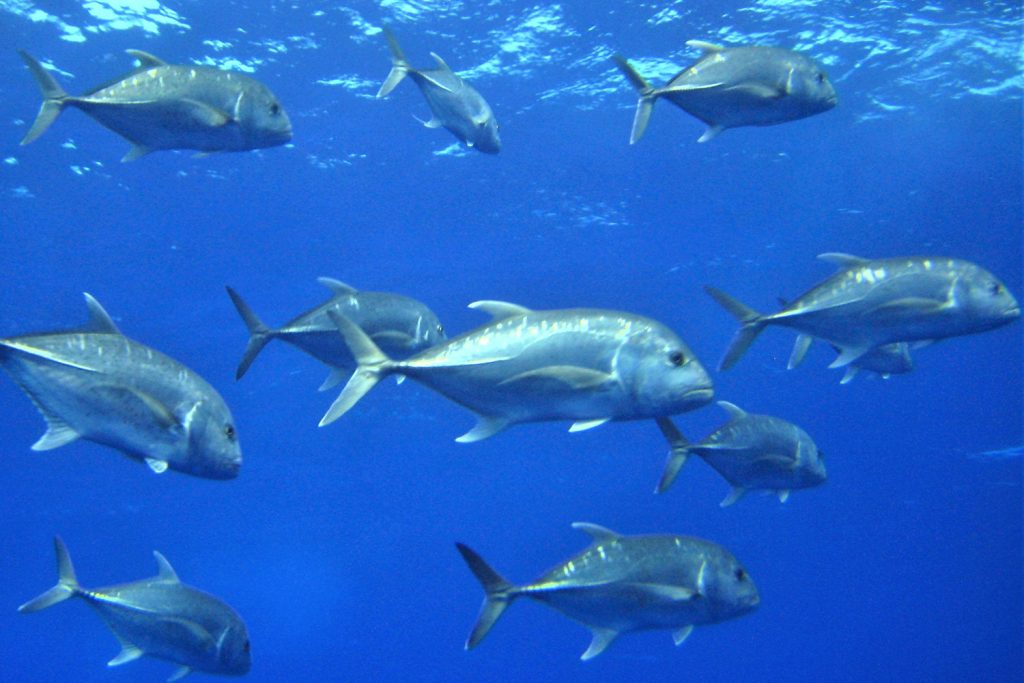
Aquafeeds
Evaluating the effect of dietary protein and lipid on the growth performance of juvenile giant trevally
In this trial, the growth performance of juvenile giant trevally was the highest when the fish were fed a 52 percent protein, 10 percent lipid diet.
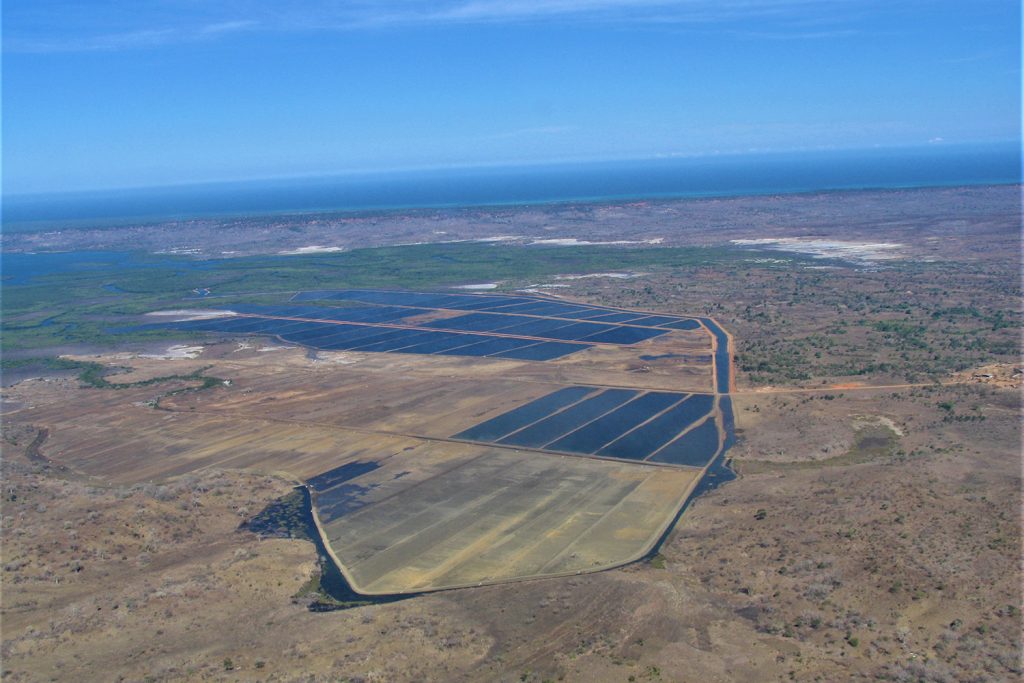
Responsibility
A comparison of resource use in shrimp farming, part 1: Land
Prof. Boyd discusses land use in shrimp farming in the five major exporting countries of farmed shrimp: Ecuador, India, Indonesia, Thailand and Vietnam.
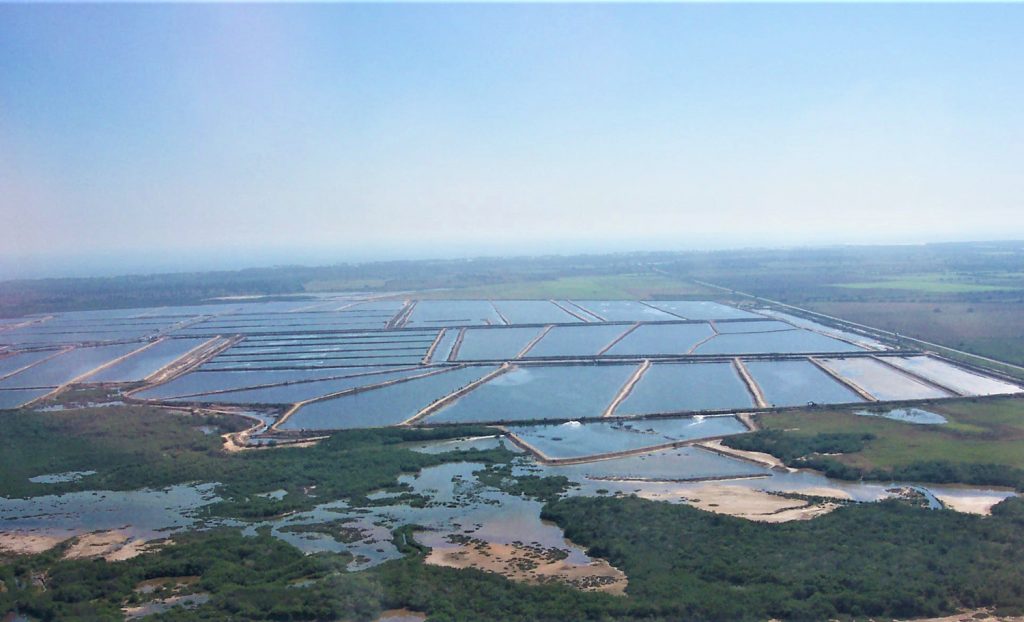
Responsibility
A comparison of resource use in shrimp farming, part 2: Water
In part two of this series, the authors suggest steps to reduce the pollution potential of shrimp farming by paying special attention to uneaten feed.
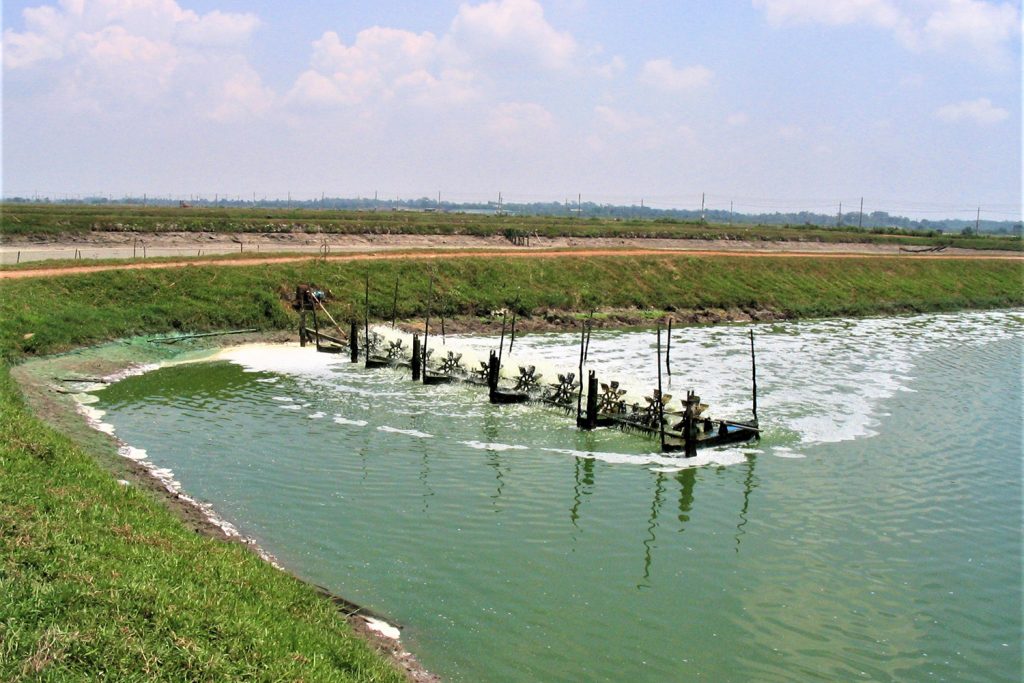
Responsibility
A comparison of resource use in shrimp farming, part 3: Energy
In part three of this series, the authors say lower energy use in shrimp farming requires producers to focus on water exchange and aeration.



